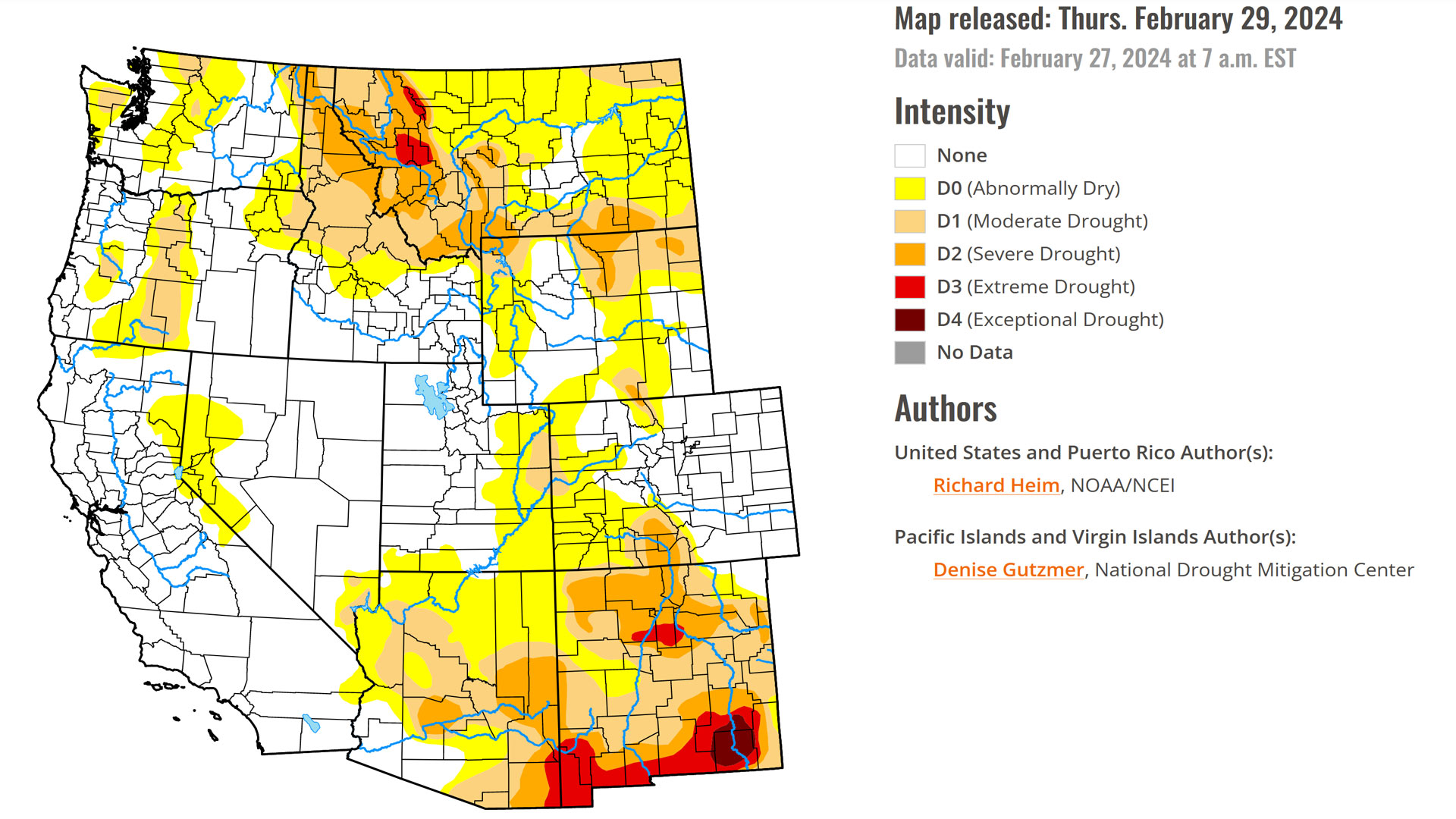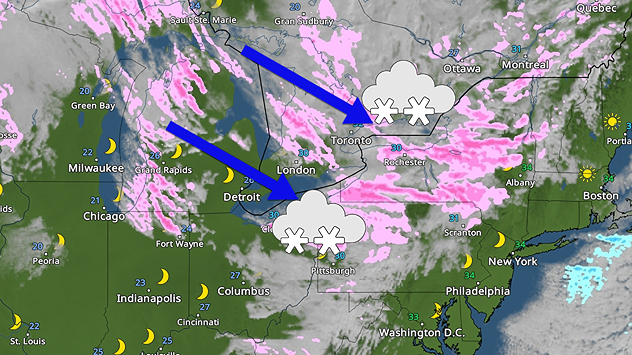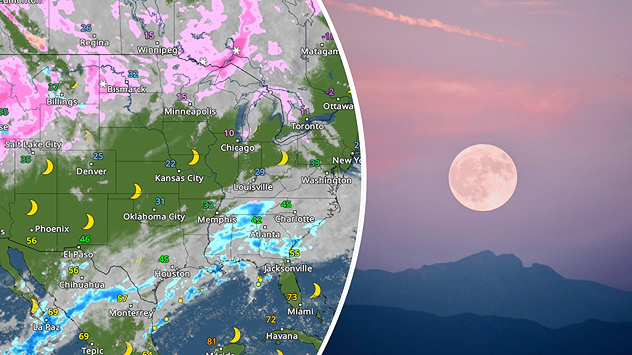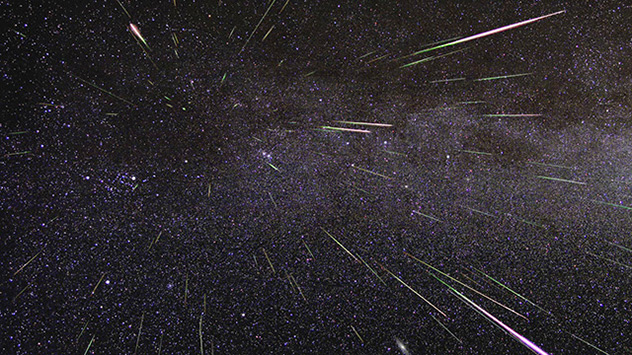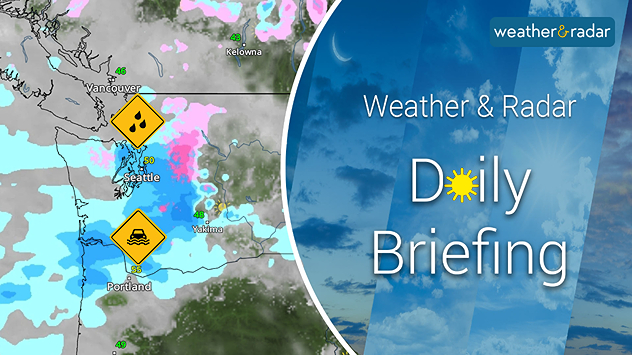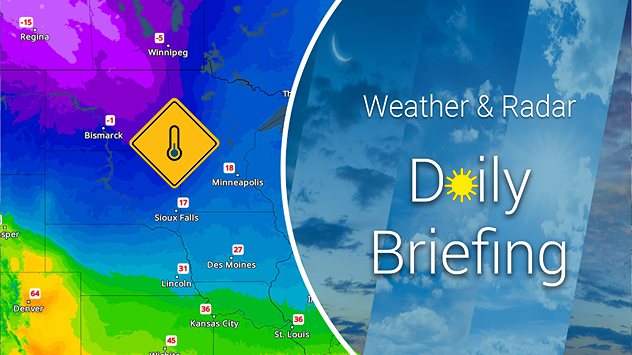Sierra Nevada storm recapWinds to Category 4 Hurricane strength
Recommended external content from YouTube
We need your consent to show content from YouTube. You can withdraw your consent at any time.
Settings for external content
Privacy policySnow & Winds
Rainfall
